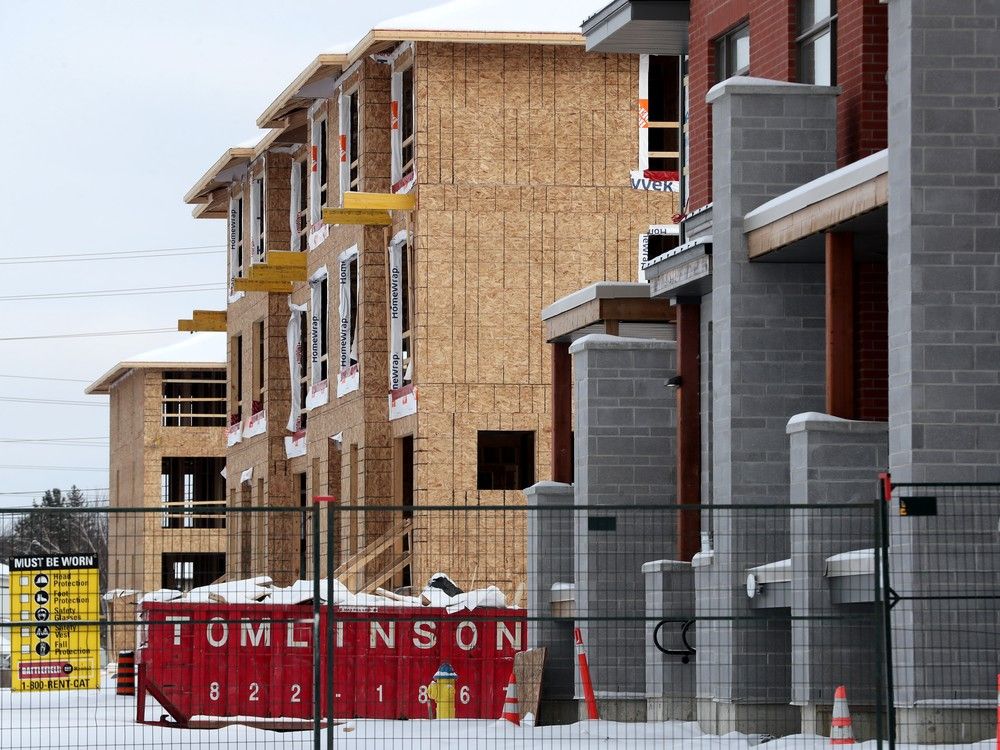Ottawa’s Housing Crisis and the Path Forward
Ottawa is currently facing a severe housing crisis that has left thousands of families struggling to find affordable homes. Rising home prices continue to outpace income growth, making it increasingly difficult for young families to settle in communities that are both accessible and affordable. The situation is particularly challenging for parents who are being priced out of the neighborhoods they once called home. For instance, the average price in the Glebe is $1.21 million, while Westboro averages $855,000. Seniors also face difficulties as they are unable to downsize within their own communities, and renters are finding it hard to secure housing that meets their needs, let alone their budgets, with the average downtown rent sitting at $2,442.
In response to these challenges, the City of Ottawa is taking steps to address housing affordability and increase the supply of homes through a proposed new zoning bylaw. This initiative is currently under review by city council and is seen as a critical tool to ease the crisis, fix systemic issues, and create more homes quickly.
Setting Ambitious Housing Targets
The city has set an aggressive goal of building 151,000 new homes by 2031. While the draft bylaw includes several important reforms, there is still room for improvement. To meet this target, council should consider additional changes now, while the opportunity for meaningful action remains open.
One key area for improvement is unlocking the “missing middle” by adjusting building height limits. Under the current proposal, low-density neighborhood zones are restricted to a maximum height of 8.5 meters, effectively limiting development to two stories. This applies even to urban areas near transit, jobs, and schools. Meanwhile, neighborhoods outside the greenbelt are allowed to go three stories high. This approach is counterproductive and needs to be reversed.
Encouraging Density Near Transit and Services
To support the creation of walkable, mixed-use communities, the city should consider raising height limits in low-density neighborhoods to 11 meters or three stories. This would allow for the development of low-rise multiplexes across the city, helping to increase housing supply and promote more sustainable living environments.
Additionally, it is crucial that “as-of-right” zoning functions as intended. This means that if the rules allow for certain types of development, such as a fourplex or a three-story building, residents should be able to proceed without requiring special approvals. However, some of the proposed rules, such as height restrictions on smaller lots along main streets, could hinder this process. For example, if a lot is less than 30 meters deep—common in many areas—it may not be permitted to use the full height allowed by the Official Plan. This creates confusion, delays, and increased costs, which are exactly the issues the new bylaw aims to resolve.
Supporting Innovative Housing Solutions
The city should also explore ways to support innovative housing solutions, such as modular and factory-fabricated housing. These methods offer a fast and cost-effective way to build safe, quality homes for individuals and families. They can also play a vital role in addressing challenges like homelessness. By incorporating these approaches into the updated zoning bylaw, Ottawa can take a proactive stance in increasing its housing supply.
The Housing Innovation Task Force has already demonstrated a commitment to creative solutions for boosting housing availability. The Ottawa Real Estate Board (OREB) acknowledges the leadership of Mayor Mark Sutcliffe and council and is proud to continue advocating for forward-thinking housing policies. Together, the community must keep pushing for progress.
A Commitment to Inclusive Growth
Across Ontario, cities have announced ambitious plans for housing reform, only to face opposition from NIMBY (Not In My Backyard) groups. The future of Ottawa as a welcoming place for residents from all backgrounds depends on maintaining a strong commitment to inclusive growth. A resilient residential and commercial real estate environment is essential to reflect the dynamic, growing, and inclusive nature of the city.
OREB remains dedicated to working with council, staff, and residents to ensure that Ottawa does not just talk about solving the housing crisis but leads in addressing it.
Paul Czan is president, and Nicole Christy is CEO, of the Ottawa Real Estate Board.







